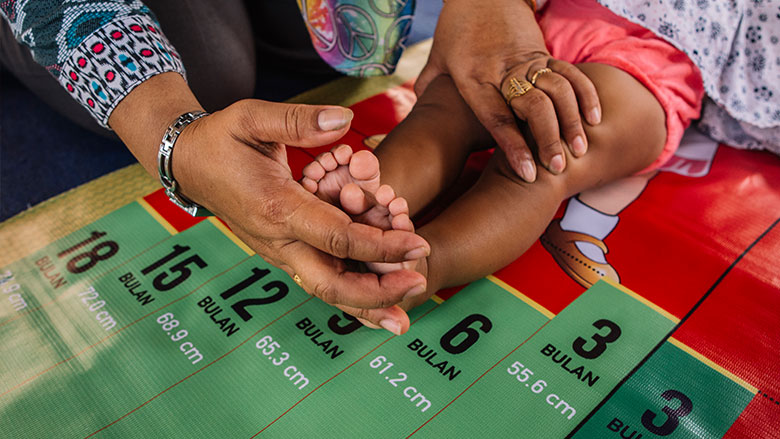
Central Idea:
Early childhood stunting not only impacts a child’s height but also influences cognitive development, potentially leading to lower educational achievements. The article emphasizes the importance of understanding the underlying mechanisms of this impact, particularly in low- and middle-income countries like India. It discusses a recent study in Ethiopia and Peru, highlighting the negative correlation between stunting at age 5 and later cognitive skills, specifically executive functions. The findings underscore the critical role of early childhood nutrition in determining cognitive development and educational outcomes.
Key Highlights:
- Stunting at around age 5 is linked to lower executive functions, including working memory and inhibitory control, in later childhood.
- Traditional cognitive-achievement tests may not fully capture inherent cognitive skills, and stunting’s impact may extend beyond cognitive deficits to include behavioral factors like delayed school enrollment.
- The article highlights the need for a deeper understanding of the mechanisms through which stunting affects educational achievements, especially in the context of low- and middle-income countries.
Key Challenges:
- Existing research often focuses on specific cognitive-achievement test scores, making it challenging to fully understand the complex relationship between early human capital investments, such as nutrition, and cognitive development.
- Achieving a comprehensive assessment of cognitive skills is complicated by the interplay of cognitive abilities, educational access, and other behavioral factors.
- The article stresses the need to move beyond traditional cognitive-achievement tests and focus on a deeper understanding of the mechanisms linking early human capital investments to cognitive development.
Key Terms and Phrases:
- Early childhood stunting
- Cognitive development
- Executive functions
- Behavioral factors
- Household fixed effects
- Poshan Abhiyaan
- Integrated Child Development Services
- Jal Jeevan Mission
- Swachh Bharat Mission
- Mother’s Absolute Affection Programme
- Complementary feeding
- Anganwadi worker
Key Quotes:
- “Stunting at approximately age 5 is negatively related to executive functions measured years later.”
- “Empirical studies have shown that women’s height and educational attainment are strong predictors of child stunting in India.”
- “Improvements in sanitation reduce the incidence of diarrhoea and stunting.”
- “Promoting early breastfeeding, along with continued breastfeeding for two years, is essential for optimal child development.”
Key Statements:
- The study in Ethiopia and Peru establishes a negative correlation between stunting at age 5 and later cognitive skills, emphasizing the long-term impact of early childhood stunting.
- The article stresses the need to move beyond traditional cognitive-achievement tests and focus on a deeper understanding of the mechanisms linking early human capital investments to cognitive development.
Key Examples and References:
- Sánchez et al.’s study in ‘World Development’ linking early under-nutrition to executive functions in Ethiopia and Peru.
- The role of initiatives like Poshan Abhiyaan, Integrated Child Development Services, Jal Jeevan Mission, and Swachh Bharat Mission in addressing stunting in India.
Key Facts and Data:
- The study in Ethiopia and Peru provides evidence of the negative relationship between stunting at age 5 and executive functions.
- Empirical studies highlight the predictive role of women’s height and educational attainment in child stunting in India.
Critical Analysis:
The article effectively highlights the limitations of traditional cognitive-achievement tests in assessing the impact of early human capital investments on cognitive development. It emphasizes the need for a more nuanced understanding of the complex factors contributing to lower educational achievements, particularly in low- and middle-income countries. The study’s focus on executive functions and the link between stunting and cognitive skills adds valuable insights to the existing literature.
Way Forward:
- Expand initiatives like the Mother’s Absolute Affection Programme to provide comprehensive lactation support and create breastfeeding-friendly environments.
- Implement and scale up community-based complementary feeding programs to educate parents about the importance of a diverse diet for children.
- Consider adding an extra Anganwadi worker to each center to enhance preschool instructional time, potentially improving developmental outcomes and creating employment opportunities.
In summary, addressing child stunting in India requires a multifaceted approach, including comprehensive nutrition initiatives, sanitation improvements, and strategic investments in education and childcare services. The article underscores the need for evidence-based policies to enhance early childhood nutrition and cognitive development.

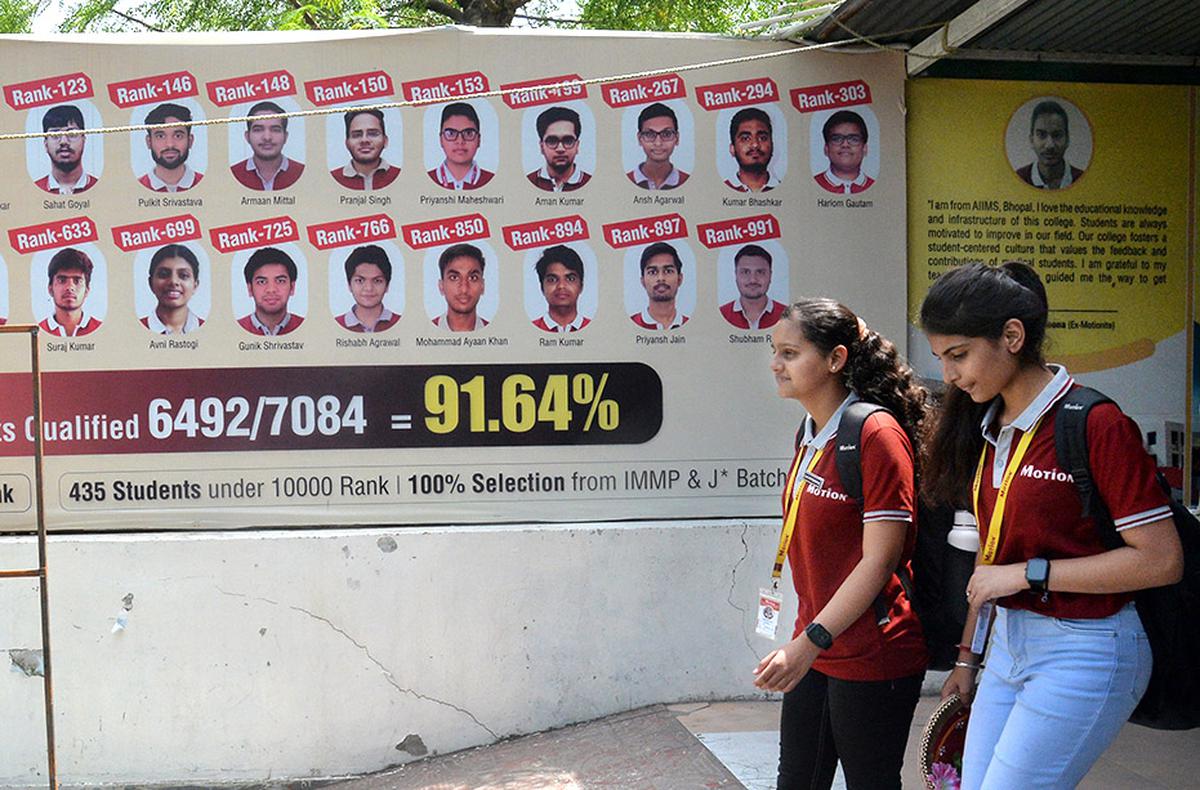

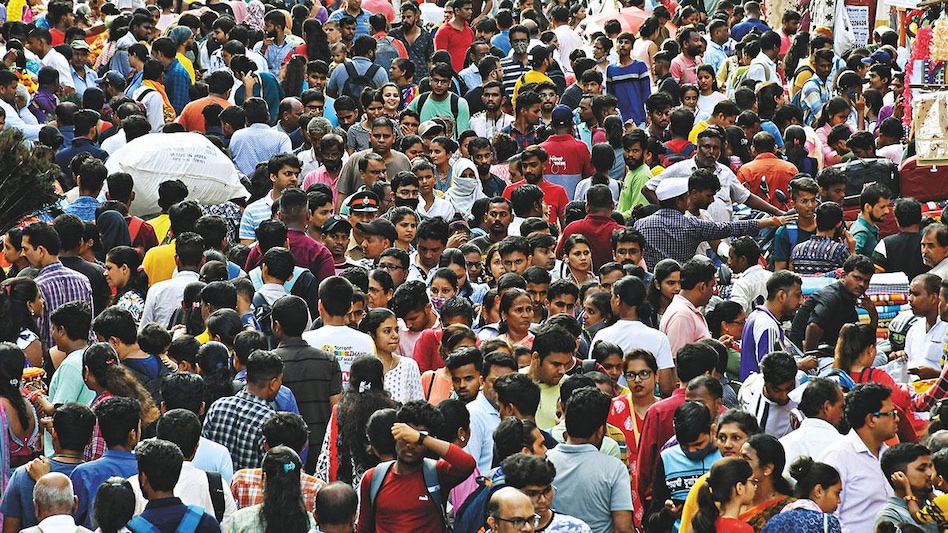

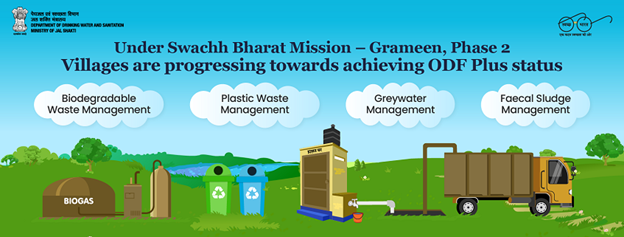
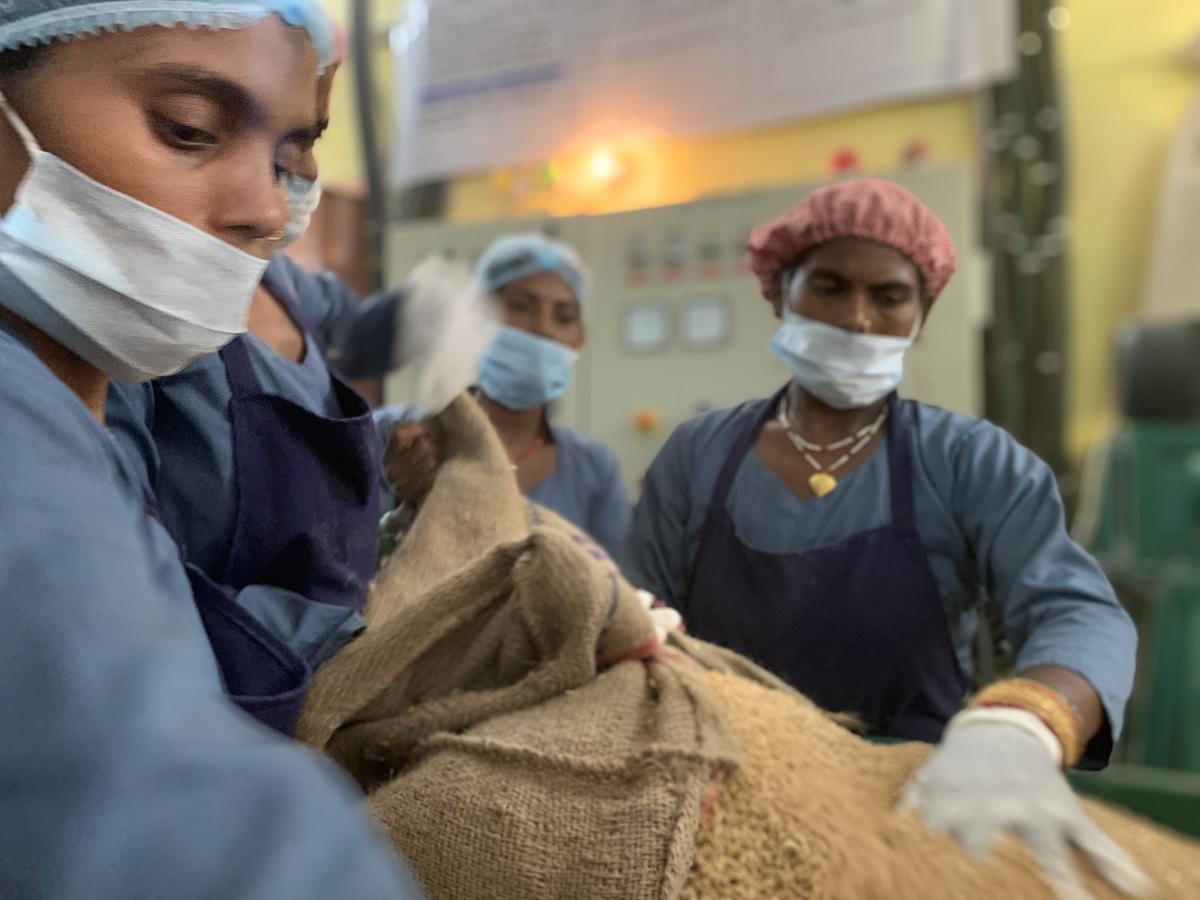

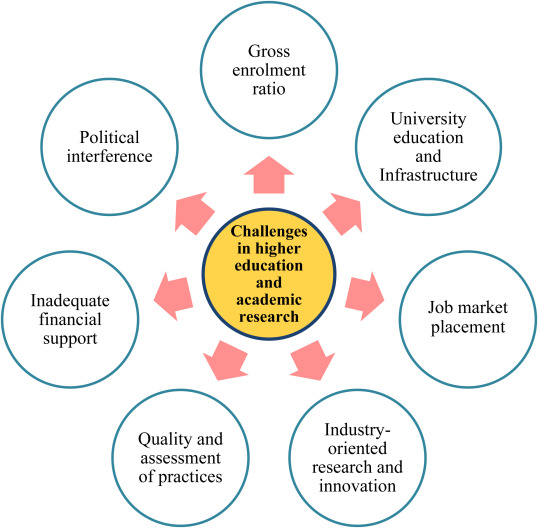




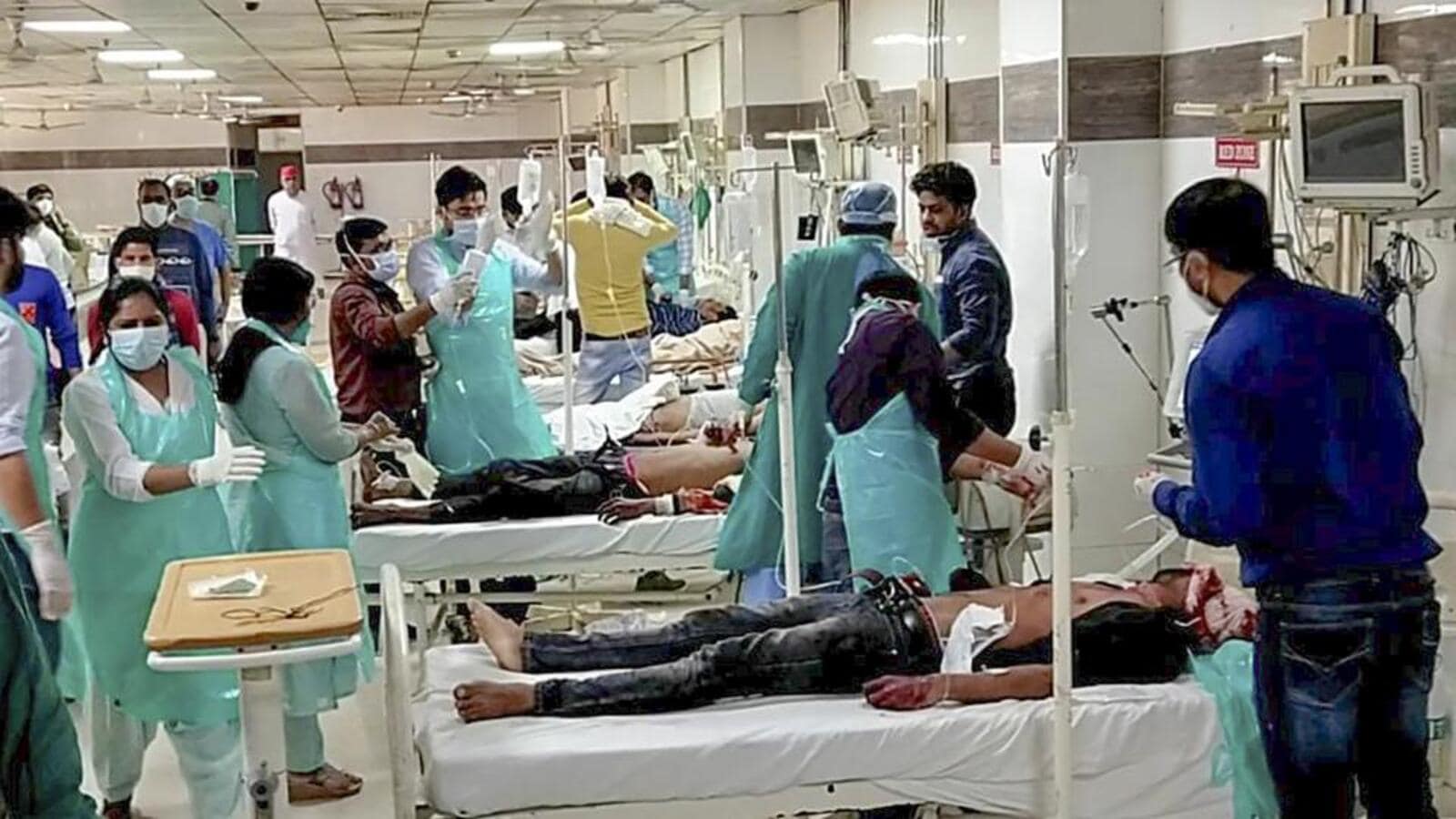
.jpg?sfvrsn=ceb0ec8f_8)